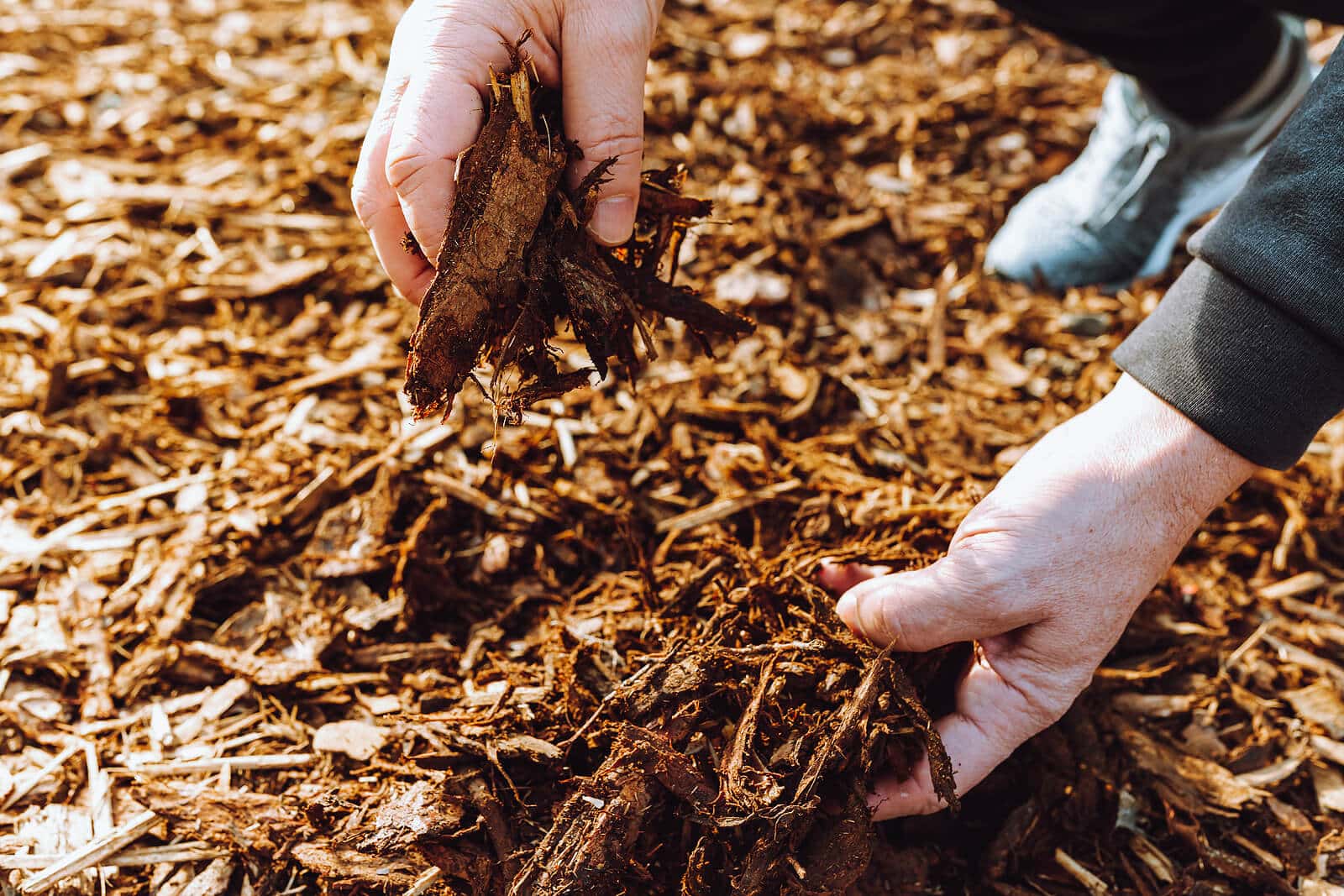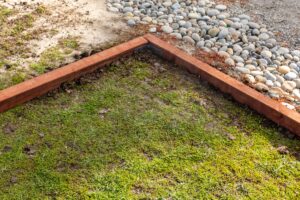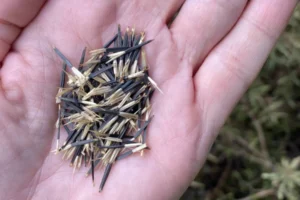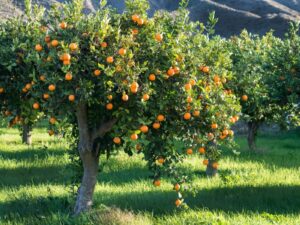11 Reliable Sources, where you can get free Mulch
Mulching is an excellent way to enhance your garden’s health and appearance without breaking the bank. Mulch serves multiple functions, from retaining soil moisture and reducing weed growth to adding organic nutrients as it decomposes. If you’re interested in finding high-quality mulch without spending hundreds on bags or bulk deliveries, there are various ways to get it for free, often right within your neighborhood. Below, we’ll walk through 11 places to find free mulch, along with tips to help you get started.
What is Mulch and Why Use It?
Mulch is any material spread across the soil surface in gardens and landscaped areas. It can be organic (like wood chips, straw, or compost) or inorganic (such as rubber or stone). Mulch offers numerous benefits:
- Moisture Retention: Helps retain water, reducing the need for frequent watering.
- Weed Control: Blocks sunlight, helping prevent weeds from sprouting.
- Soil Enrichment: Organic mulches decompose over time, enriching the soil.
- Erosion Prevention: Acts as a protective barrier, minimizing soil erosion.
- Temperature Regulation: Stabilizes soil temperature in extreme weather.
With these advantages in mind, let’s explore where you can get free mulch for your garden.
1. Tree Care Services
Tree care companies often have an abundance of wood chips and shredded branches from their pruning and tree removal work. By contacting a local tree service, you can often arrange for free wood chip mulch to be delivered directly to your property. Since this mulch may be fresh, consider letting it age if possible, as fresh wood chips can release organic acids that may harm sensitive plants.
Pro Tip: Ask about the mulch’s quality and if it’s been aged. Some freshly chipped wood may contain weed seeds or insects, so it’s best used around larger, established plants and trees.
2. City Programs
Many cities and municipalities offer free mulch as part of community recycling programs. This mulch is often produced from Christmas trees, tree trimmings, or collected yard waste. Check your city’s website or contact the local parks department to find out if they have mulch giveaways. You may need to bring your own containers and tools for loading and transporting the mulch.
Pro Tip: For safety, bring gloves, goggles, and a mask, as well as sturdy bags or containers for transportation.
3. Utility Companies
Utility companies that maintain power lines often mulch the tree limbs they trim. If you see crews in your area, ask them if they can deliver the mulch to your home after they finish the job. Many utility companies are willing to provide wood chips to nearby residents, helping them dispose of the material without having to pay disposal fees.
Pro Tip: Visit the utility company’s website to see if they have a formal mulch distribution program or work with local green initiatives for mulch giveaways.
4. Woodworkers and Carpentry Shops
Woodworkers, carpenters, and furniture makers generate wood shavings, sawdust, and small wood chips. These materials can be used as mulch, especially in ornamental gardens. Contact local woodshops or carpentry businesses and ask if they have waste wood chips or sawdust available. Sometimes, they’ll be happy to give them away to avoid disposal costs.
Pro Tip: Use sawdust or wood shavings as mulch around non-plant areas, as they may decompose slowly and slightly alter soil pH.
5. ChipDrop
ChipDrop is an online service connecting homeowners with arborists who have wood chips to spare. Once registered, you can request a load of mulch, and a local tree service may deliver it to your home. This is a great option if you’re looking for large quantities of mulch without having to coordinate logistics. However, ChipDrop deliveries may vary in size and type, depending on what’s available.
Pro Tip: You can’t select the type of mulch or exact quantity, so be prepared for either too much or not enough.
6. Backyard Leaves
Leaves make for an excellent, free mulch source that’s right in your backyard. Instead of bagging up fallen leaves for disposal, shred them with a lawn mower or leaf shredder, and spread them in your garden beds. Shredded leaves decompose quickly, adding nutrients to the soil and providing effective weed control.
Pro Tip: Whole leaves can form a dense layer and attract mold, so it’s best to shred them before mulching.
7. Grass Clippings
After mowing, let your grass clippings dry out before using them as mulch. Fresh clippings can become compacted and interfere with water absorption, but dried clippings offer nitrogen-rich mulch that’s ideal for vegetable gardens. Avoid using clippings from lawns treated with herbicides or pesticides, as they can harm your plants.
Pro Tip: Grass clippings are best for gardens needing a nitrogen boost, like vegetable beds.
8. Compost
Compost can be used as mulch, and it’s a fantastic way to recycle kitchen scraps and yard waste. If you don’t already compost, consider starting a small compost pile in your yard. Once broken down, compost can be spread across your garden beds for an extra nutrient boost that also helps retain soil moisture.
Pro Tip: Composting can be as simple as mixing fruit and veggie scraps, coffee grounds, and leaves in a bin or pile.
9. Pine Needles
Pine needles, or pine straw, are a naturally occurring mulch that decomposes slowly, provides a pleasant aroma, and works well on slopes due to their ability to lock together. While they may not acidify soil as commonly believed, pine needles make excellent mulch for many garden applications and can be easily gathered if you have access to pine trees.
Pro Tip: Pine straw is ideal for areas prone to erosion and requires little maintenance.
10. Newspapers
If you’re looking for a unique way to mulch, try using newspaper sheets. Lay two to four sheets of newspaper on the soil, then cover with another organic mulch like grass clippings or shredded leaves. Newspaper mulch is biodegradable and helps suppress weeds effectively. Be sure to avoid colored ink, as it may contain harmful chemicals.
Pro Tip: Newspaper mulch is great for sheet mulching and can be covered with more decorative mulch for a cleaner look.
11. Straw
For those near farms, straw is another affordable mulch option, especially for vegetable and perennial gardens. Straw decomposes faster than wood chips, providing nutrients as it breaks down. While it may contain some seeds, straw is generally weed-free, unlike hay, which is best avoided as it often harbors crop seeds.
Pro Tip: Be cautious with straw near heat sources, as it can be flammable and requires regular replacement.
Other Types of Mulch to Consider
If free mulch isn’t an option or if you want specific types, you can purchase both organic and inorganic mulch at garden centers. Premium options include bark mulch, rubber mulch, and decorative stones. Although costs can vary, ranging from $17 to $68 per cubic yard, these mulches offer enhanced durability and aesthetics.
FAQ About Free Mulch
1. Can free mulch harm my plants?
- Some free mulch, particularly fresh wood chips, can release organic acids that might damage plants. Aged mulch is generally safer and more beneficial.
2. Is free mulch safe for vegetable gardens?
- Yes, organic mulch like leaves, grass clippings, or straw is excellent for vegetable gardens.
3. How much mulch do I need?
- For most garden beds, a 2-4 inch layer is ideal.
4. Does free mulch attract pests?
- Properly aged organic mulch minimizes pest issues, but fresh mulch can occasionally attract insects.
Utilizing free mulch options can make a significant difference in your garden’s health and appearance without the cost. From leaves and wood chips to straw and newspapers, these accessible mulch options are both environmentally friendly and effective.






